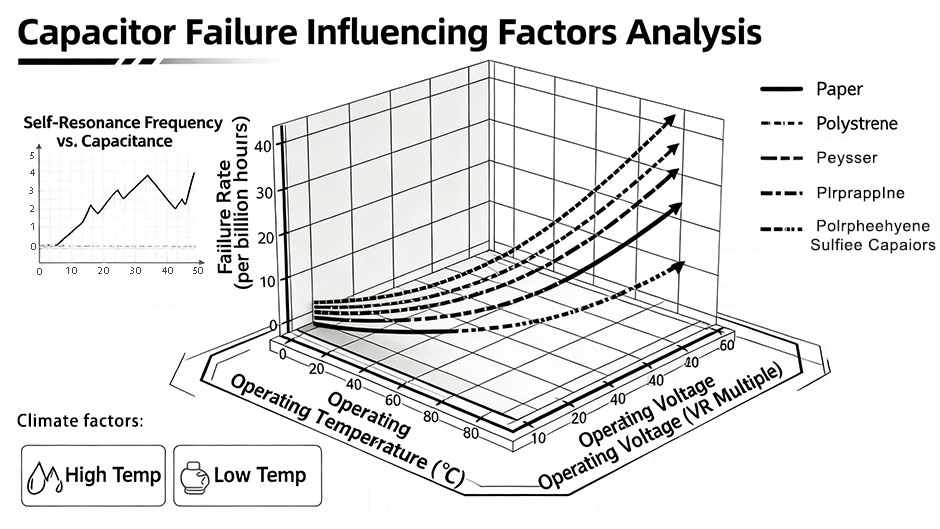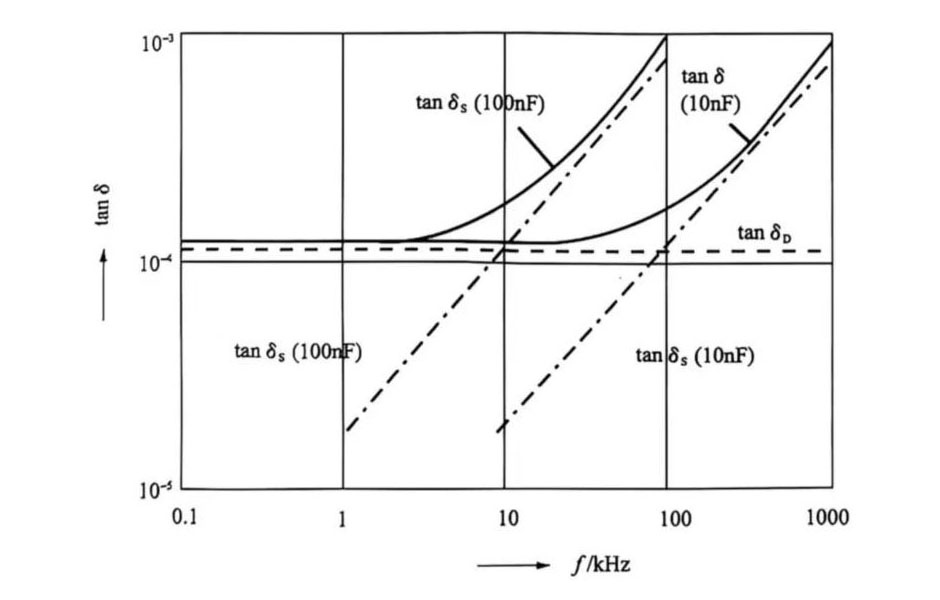Compared with batteries and traditional physical capacitors, the characteristics of features of super capacitorsare mainly reflected in:
(1) High power density. It can reach 102~104 kW/kg, which is much higher than the power density level of batteries.
(2) Long cycle life. After a few seconds of high-speed deep charge and discharge cycles of 500,000 to 1 million times, the characteristics of the supercapacitor change very little, and the capacity and internal resistance are only reduced by 10% to 20%.
(3) Wide working temperature limit. Since the adsorption and desorption speed of ions in the supercapacitor does not change much under low temperature conditions, its capacity change is much smaller than that of batteries. The operating temperature range of commercial supercapacitors can reach -40℃~+80℃.
(4) Maintenance-free. Supercapacitors have high charging and discharging efficiency, have a certain endurance to overcharge and overdischarge, can stably charge and discharge repeatedly, and theoretically do not require maintenance.
(5) Green and environmental protection. Supercapacitors do not use heavy metals and other harmful chemicals in the production process, and have a long lifespan, so they are a new type of green and environmentally friendly power supply.
The above are the characteristics of features of super capacitors. Supercapacitors are new types of components that store energy through the double layer of the interface formed between the electrode and the electrolyte. When the electrode is in contact with the electrolyte, due to the Coulomb force, the intermolecular force and the interatomic force, the solid-liquid interface has a stable double-layer charge with opposite signs, which is called the interface double-layer.



